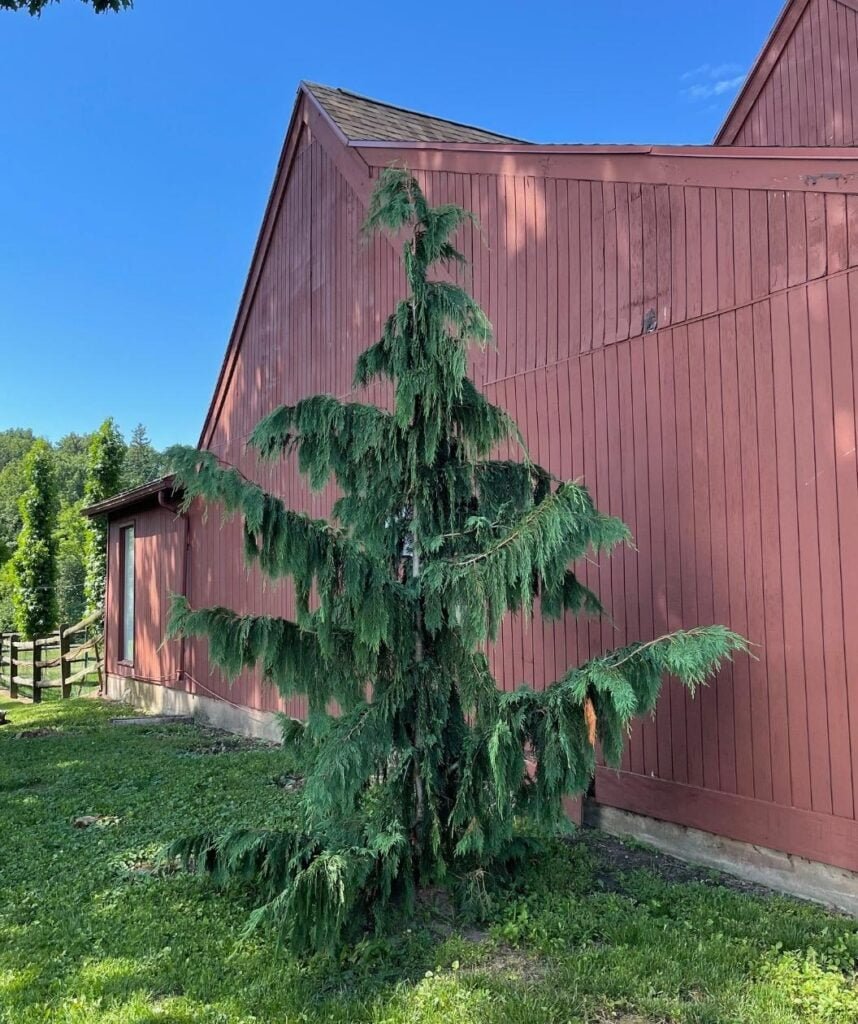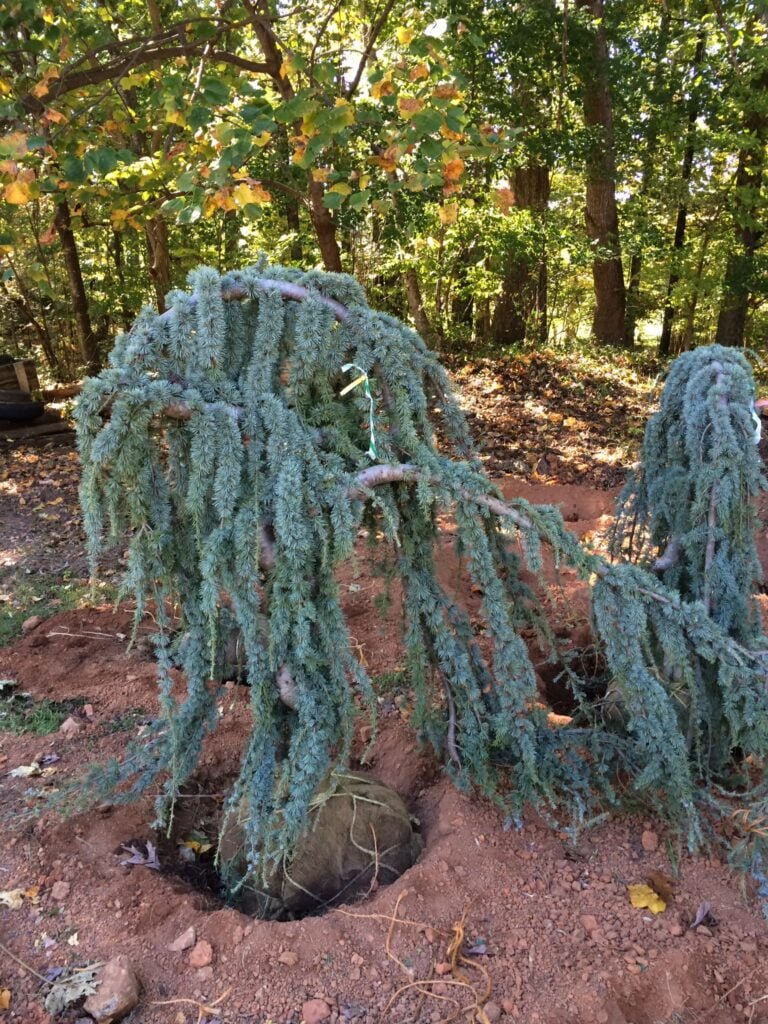Are you ready to make the virtual replication of the Weeping Alaskan Cedar tree in the world of gardening?Whether you’re an experienced gardener or just starting out, this guide will walk you through everything you need to know about caring for this graceful evergreen beauty.
What’s the reasoning behind naming it a Weeping Alaskan Cedar?

With regard to growing this tree, we must first understand what a Weeping Alaskan Cedar is, in detail. The evergreen and coniferous species also known as Chamaecyparis nootkatensis ‘Pendula’ is native to the Pacific Northwest region of North America. Its hanging branches and delicate, needles-like leaves turn the Weeping Alaskan Cedar into the icing on the cake of any garden.
Russian Sage: A Guide to Planting, Growing, and Care
Choosing the Right Location
The first factor to consider while planting a Weeping Alaskan Cedar is the right spot in your garden. This species does well in full sun to partial shade environment and needs well-drained soil to grow. Ensure that you pick a spot with adequate space for the tree to grow, since they can reach a height of up to 20 feet and even bigger.
Planting Your Tree

Then, the moment the spot is found, begin planting your Weeping Alaskan Cedar. Dig a hole two times as wide as the root ball and the same deep. Carefully extract the shrub from the pot and place it in the center of the cavity. Plant the hole back and water it well after to enable the roots to settle.
Sago Palm Plants : How to Easily Grow and Care
Watering and Maintenance
Maintaining your Weeping Alaskan Cedar in a healthy and thriving condition is effortless if properly taken care of with watering and other maintenance issues. Water the tree frequently, and pay extra attention during drought seasons, but do not overwater. Together with the mulching around the tree, the moisture loss is reduces and the weeds are suppressed.
Pruning and Shaping

Make pruning a crucial part of the management plan to ensure the attractive shape and the look of your Weeping Alaskan Cedar. Cut off if necessary, dead or diseased branches, and reshape excessive or unkempt growth as needed. In this case, you can also use a portion of the main branch to make the lateral branches droop gracefully by constantly pulling it down.
10 Plants Perfect for Hardwood Cuttings & How to Propagate
Pests and Diseases
Despite the fact that Cedars Weeping Alaskans need very little care, they can still have pests and diseases. Make sure these types of problems like spider mites, aphids and root rot not go unnoticed. Timely monitoring of the health of your tree and immediately solving any problems that you have found will help to maintain it healthy.
Enjoying Your Tree
After your Weeping Alaskan Cedar is planted and flourishing, you just have to take a breath and drink in its beauty. Be it the dainty spruce’s profile in the backyard or its glossy needles that you gratefully repurpose for your holiday Instagram post, this exquisite evergreen never loses its appeal.
to summarize, growing a Weeping Alaskan Cedar is an exciting experience that will be certainly enjoyed by everyone out there. With the right treatment and appreciation, you can marvel at this amazing tree for many years in your garden.So why wait? Starting with Weeping Alaskan Cedar today, don’t waste another minute and bring a significant mark of elegance to your outdoor space.
Pingback: The Shingle Plants: A Beginner’s Guide to Caring for Rhaphidophora Hayi and R. Cryptantha
Pingback: How To Make A Real Alpine Trough Garden -
Pingback: Fantastic Trees That Start With ‘F’: A Nature Lover’s Guide
Pingback: Trees That Start with Y: Natural Beauty Explained
Pingback: Winter Bird Feeding: A Guide to Nourishing Our Feathered Friends
Pingback: Eucalyptus Plants : Ultimate Guide to Growing and Caring
Pingback: Discovering the Charm of Salix Gracilistyla (Rose Gold Pussy Willow)